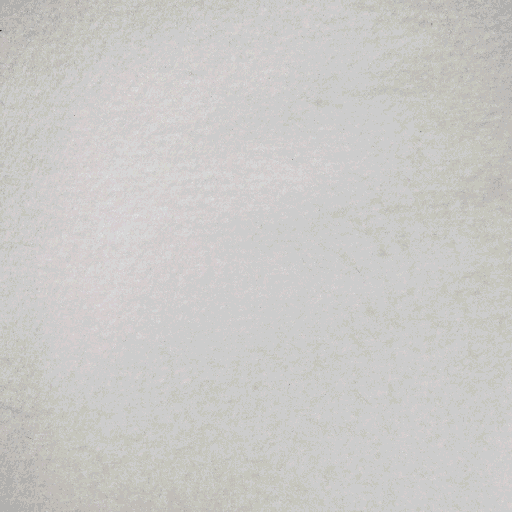Disposable experiment of monetary tensile strength.
This doc describes some of my process for the procedural animation in this piece. If you’re interested in learning more about algorithmic embroidery, or animated embroidery, here’s a few posts you might like to check out:
For a better introduction to object-oriented programing and Processing, which I use to make these tools, Daniel Shiffman’s YouTube channel The Coding Train (link) is a tremendous resource. Specifically, this video (link) on working with position/velocity vectors and applying forces, provides context for the process that I’ll be describing in the rest of this post.
This sequence consists of three different stages of procedural animation. I wrote a few scripts that take a predefined set of 2D points and run operations on them that animate the points (stitches) in various ways. In this case, the input was this custom $100 bill pattern I digitized a while ago. The motion is a result of adding several counteracting forces every frame, all serving different purposes. The scripts keep track of each point’s velocity, and only update them based the current forces enacting upon the point. This makes the stitches appear to have inertia, and smooths out the animation.
The forces being applied here can be categorized by whether they hold the initial structure together, or pull it apart. The slow bulging you see in different areas is a result of a destructive force – the program picks several random spots around the canvas to have the pattern bulge around, and then adds forces away from those randomly decided spots to all of the pattern points. With only these forces acting on the system, the points just constantly drift away from each other.

While the bill is inflating, there is a competing force directing the points towards the position that they started at. The farther the points stray from “home”, the stronger that pull force is applied. Similarly, the closer points are to the bulge points, the stronger that bulge force is applied. As a result, the points will naturally find some equilibrium between those two forces, and you can achieve a desired result by adjusting the strength of those forces relative to each other.

After 20 frames of the bill inflating, I set the script to change the way those “holding” forces are calculated. There is still some bulge force happening, but rather than having the points spring towards their initial position, they spring towards the position of least resistance -**relative to the current state of the segment that it’s directly attached to**. It uses the segment before it as a “ground-truth” to decide where it’s supposed to be in relation. The behavior is sort of like memory-wire or silly-band sort of situation, where it tends to create pieces of the initial design within the cloud of line. An interesting property of this is that areas that are denser in points allow for more flexibility than features that are made up of less points. You can see this in the features that stick out long and straight while others have more flexibility like in the following example. The details illustrated by fewer points are stiffer.

These are the main principals I used to animate this piece. I simulated the bill’s entrance in reverse – I move the end point downward each frame and apply that local-offset holding force to get the rest to come down with it (these frames are then played backwards to have the bill jump into frame).

As the bill inflates, the bulging force slowly overtakes the initial-point holding force and it grows.

After 22 frames of growing ( at the POP), the script stops using the initial-point holding force and instead use the local-offset holding force. This makes the whole thing unravel into a pile of zigzag spaghetti, where you only get a gesture of the original pattern. The only other manual coding I did after that was to keep deleting segments of points every frame until the structure disappeared.

Sounds recorded for the audio mix came from these things:
- Deck of Cards
- Notecards
- Fabric Shears
- Latex Balloon
- Tearing Fleece
- Tape Measure
- Saline Nasal Spray Bottle
This is only a high-level view of the sort of process that goes into these pieces, and I’m sure my description of things is probably not great for totally clear understanding, but I hope it gives some sense of the workflow. It’s a sort of collaging together of different techniques and effects that I pick up through experimentation. The result aims to combine all of these aspects into a cohesive, self-supporting system. I’m really pleased with fierce tension and energy in this sequence, and recording and mixing the sounds was a lot of fun as always. 🙂


Leave a comment